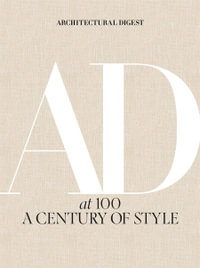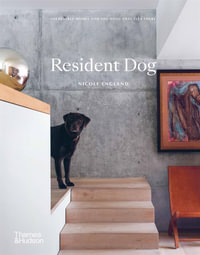The latest in the series of Fontanka/Ginzburg Design re-publications of seminal works on Soviet architecture in English. Barkhin’s Architecture of the Theatre is a fascinating survey of the theatre from a mid-20th century, Soviet perspective
In the 1930s Grigory Barkhin became particularly interested in theatre architecture, and this culminated in the publication in 1947 of a two-volume work, Architecture of the Theatre. This was the most comprehensive and deeply researched study of theatre architecture of the time.
The first volume follows a historical timeline, from early classical theatres to some of Europe’s national treasures – La Scala, Opéra Garnier, Vienna State Opera – and the development of theatre architecture in the Russian Empire. The second half of the book is devoted entirely to Soviet theatre architecture of the pre-war period, in particular the five-star design of the Red Army Theatre in Moscow, and competition projects for theatres in Rostov-on-Don, Sverdlovsk and Minsk, which Barkhin himself designed with his son Mikhail. These projects can be seen as the cornerstone of the development of Soviet architecture of the time.
In this remarkable book, published here in English for the first time, Barkhin sets out a blueprint for architecture that combines an understanding of the subject with a bold and uncompromising vision.
About the Author
Architect and writer Grigory Barkhin (1880-1969) was born in Perm and trained as an architect at the Academy in St Petersburg. He designed residential and public buildings, as well as farms, villages and urban centres. But his overriding interest was in theatre architecture. Theatre projects included designs for Rostov-on-Don, Sverdlovsk and Minsk and in 1947 he published his authoritative work The Architecture of the Theatre. Before the war he worked on the General Plan for the Reconstruction of Moscow (1933-37) and after the war helped to formulate the design for the reconstruction of Sevastopol (1944-47).
























